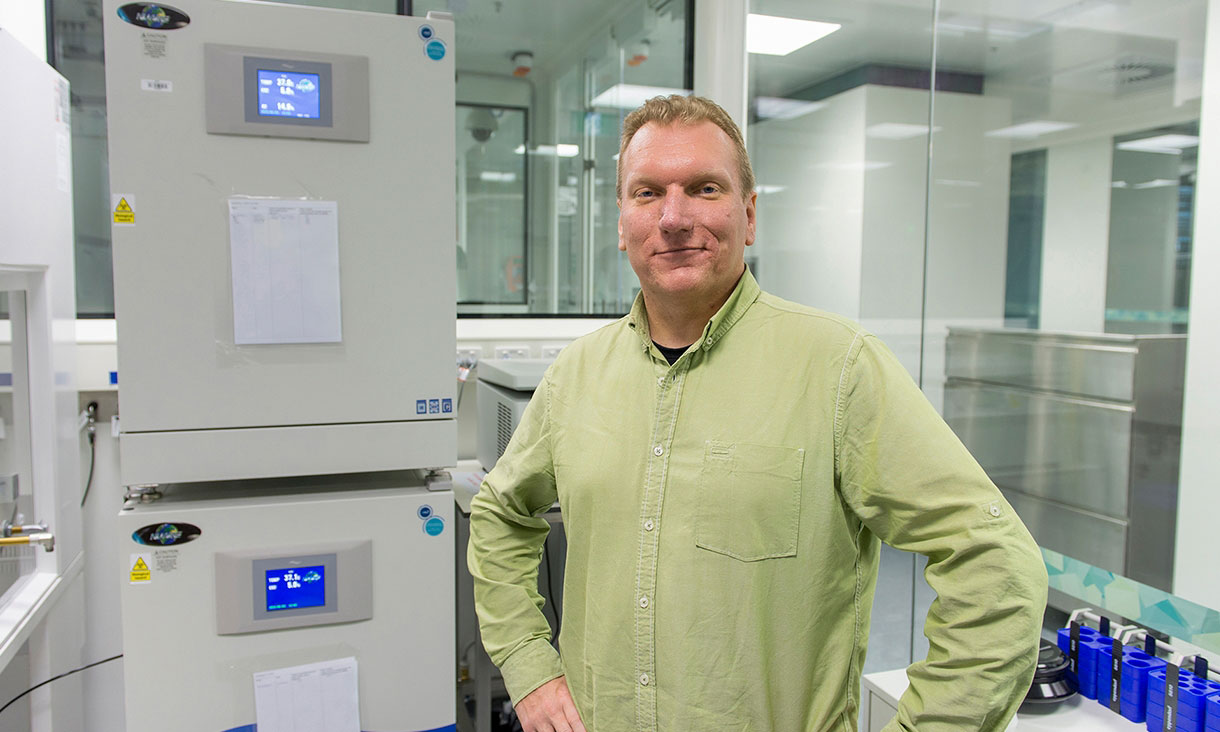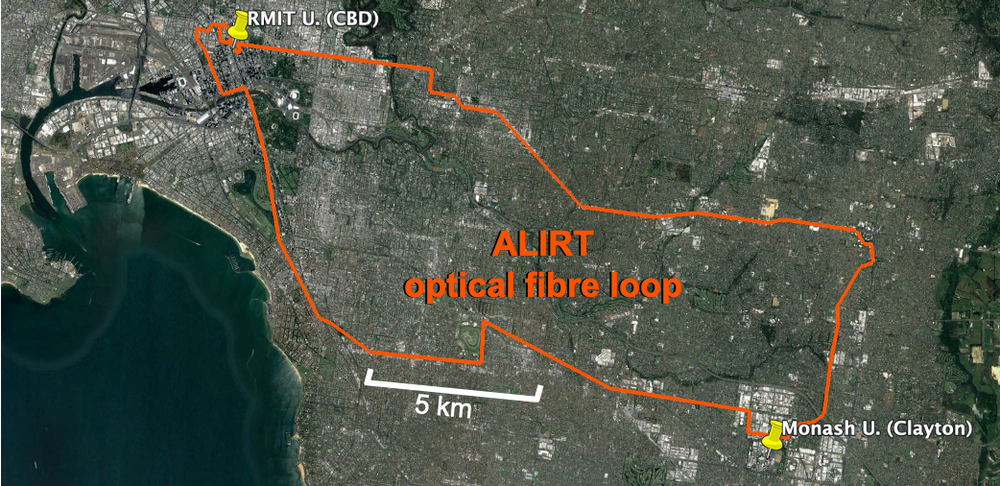A solution for the world’s insatiable demand for bandwidth?
Corcoran, co-lead author of the study and Lecturer in Electrical and Computer Systems Engineering at Monash University, said the unprecedented number of people using the internet for remote work, socialising and streaming during coronavirus lockdowns around the world gave us a sneak-peak of how normal demand for internet infrastructure will look in two to three years’ time.
“It’s really showing us that we need to be able to scale the capacity of our internet connections,” he said.
“What our research demonstrates is the ability for fibres that we already have in the ground, thanks to the National Broadband Network (NBN), to be the backbone of communications networks now and into the future. We’ve developed something that is scalable to meet future needs.”
“And it’s not just Netflix we’re talking about here – it’s the broader scale of what we use our communication networks for. This data can be used for self-driving cars and future transportation and it can help the medicine, education, finance and e-commerce industries, as well as enable us to read with our grandchildren from kilometres away.”
Moss, Director of the Optical Sciences Centre at Swinburne University, said in the 10 years since he co-invented micro-comb chips, they had become an enormously important field of research.
“It is truly exciting to see their capability in ultra-high bandwidth fibre optic telecommunications coming to fruition. This work represents a world-record for bandwidth down a single optical fibre from a single chip source, and represents an enormous breakthrough for part of the network which does the heaviest lifting. Micro-combs offer enormous promise for us to meet the world’s insatiable demand for bandwidth.”
'Ultra-dense optical data transmission over standard fibre with a single chip source' was published in Nature Communications (DOI: 10.1038/s41467-020-16265-x).
Story: Michael Quin, Rachael Vorwerk and Leigh Dawson









